| Structure | Name/CAS No. | Articles |
|---|---|---|
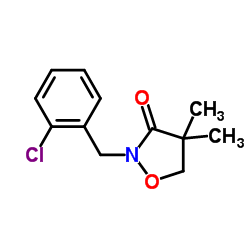 |
Clomazone
CAS:81777-89-1 |
|
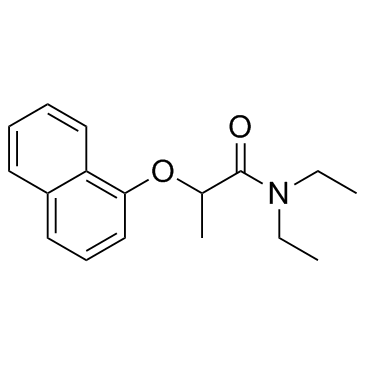 |
Napropamide
CAS:15299-99-7 |
|
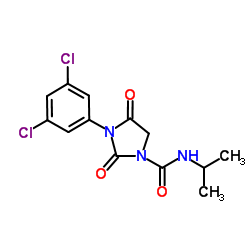 |
Iprodione
CAS:36734-19-7 |
|
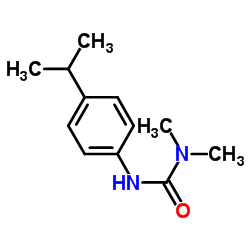 |
Isoproturon
CAS:34123-59-6 |
|
 |
Thifensulfuron-methyl
CAS:79277-27-3 |
|
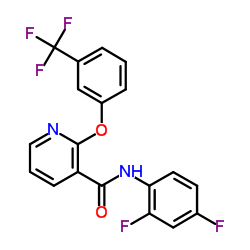 |
diflufenican
CAS:83164-33-4 |